Our customers are suffering from bafflement about the lithium iron phosphate battery charging. Therefore, we have put together a collection of these questions to recreate an article. When the customers replace Lead Acid Batteries with LiFePO4 batteries, they would like to know whether they can charge lithium batteries with a lead acid charger.
DO NOT CHARGE THE LIFEPO4 BATTERIES with an acid lead charger.
This action will affect the performance and life of the LiFePO4 batteries. let’s dive into these issues regarding lithium iron phosphate battery charging.
What is the Basic Physics of LiFePO4 Battery Charging?
LiFePO4 battery has different charging characteristics because of its material. The charging curve is different from lead-acid batteries. LiFePO4 batteries are known for their simpler charging process and method. They have a relatively flat charging curve, which means they can be charged at a constant voltage without the need for complex charging algorithms.
LiFePO4 Battery Charging Mode
The curve shows the LiFePO4 battery charging mode and it covers two phases.
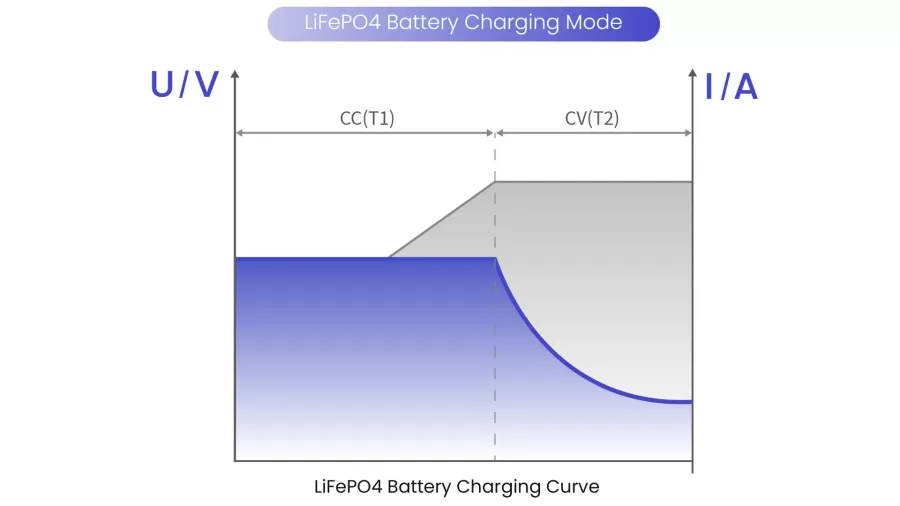
T1:CC (Constant Current) Phase
During the CC phase, the lifepo4 battery is charged with a constant current. The voltage gradually increases until it reaches the set point of the constant voltage, which may vary depending on the charging method.
T2:CV (Constant Voltage) Phase
In the CV phase, the battery is maintained at a constant voltage. At the same time, the charging current gradually decreases until it reaches the termination current of 2A (0.02C), also known as the trickle current. Once the termination current is reached, the charging process is interrupted, indicating that the battery is fully charged.
It’s important to note that the CC and CV stages in the charging process are implemented to control the charging current and voltage, ensuring the safety and effectiveness of the battery charging process. The specific parameters and durations of these stages may vary depending on the charger and battery type.
Lead Acid Battery Charging Mode
The curve shows the lead acid battery charging mode which includes three phases.

T1:Bulk / Boots Phase
During this stage, the battery is charged at its maximum current capacity. The voltage will steadily rise until it reaches the absorption voltage setpoint. This stage is similar to the constant current (CC) stage in lithium iron phosphate (LiFePO4) battery charging.
T2:Absorption Phase
Once the battery voltage reaches the absorption voltage setpoint, the voltage is held constant while the current gradually decreases until the battery is fully charged (within 10-20%). To prevent overcharging, the absorption stage typically does not exceed 3 hours. This stage is similar to the constant voltage (CV) stage in LiFePO4 battery charging.
T3:Float Phase
After the absorption stage, the battery voltage is reduced to the float voltage setpoint, and the current is lowered to a low maintenance level. This stage prevents battery discharge and counteracts any self-discharge. If the battery experiences significant discharge, the controller may switch the charging process back to the bulk/boost or absorption stage to replenish the energy lost during self-discharge.
Lead acid battery charging modes share similarities with LiFePO4 battery charging modes, but there are some key differences. Lead acid batteries typically have a lower absorption voltage setpoint and a slightly lower float voltage setpoint compared to LiFePO4 batteries. Additionally, lead acid batteries may produce sulfate crystals during charging, necessitating periodic equalization charging to prevent capacity decline.
How to Properly Charge Lithium Iron Phosphate Batteries?
Properly charging LiFePO4 batteries ensures longevity and performance. However, with the availability of numerous charging options, users face a big challenge in determining which is the best charging solution. We recommend three reliable methods for charging LiFePO4 batteries: LiFePO4 battery charger, a generator, and solar panels.
Lithium Iron Phosphate Battery Charger
The lithium iron phosphate battery charger is the most common and reliable method for charging lithium iron phosphate batteries. LiFePO4 battery chargers typically come with advanced features such as overcharge protection, temperature monitoring, and automatic shut-off, further enhancing battery lifespan and safety.
Please charge your lifepo4 battery with a dedicated lithium iron phosphate battery charger and directly plug the charger into the battery. The charger will automatically complete the charging process.
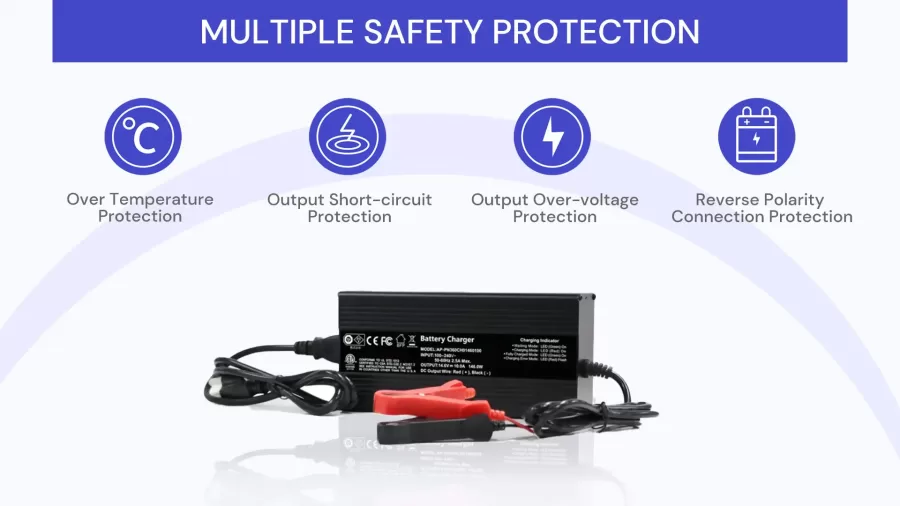
You can choose the suitable charging mode according to the table:
| Battery Series | Best Charge Voltage | Charge Voltage Range |
| 12V | 14.4V | 14.2V-14.6V |
| 24V | 28.8V | 28.4V-29.2V |
| 36V | 43.2V | 42.6V-43.8V |
| 48V | 54.0V | 53.25V-54.75V |
| 51.2V | 57.6V | 56.8V-58.4V |
Generator
When you are in outdoor activities or remote areas where the electricity is limited, a generator is an ideal choice for charging lithium iron phosphate batteries. When using a generator to charge lithium iron phosphate batteries, please keep the following points in mind:
- Ensure that the generator’s power is sufficient to meet the battery charging requirements. The generator’s power should be greater than or equal to the rated power of the battery charger.
- Ensure compatibility between the generator’s output voltage and the input voltage of the battery charger. Most generators have an output voltage of 220V, while the input voltage of the battery charger is typically 12V or 24V. You will need to use an inverter to convert the generator’s AC power into the DC power required by the lifepo4 battery charger.
- Set the correct charging voltage and current. The charging voltage of the lithium iron phosphate battery should be between 3.0V and 3.65V, and the charging current should not exceed 0.5C of the battery capacity.
If the AC generator or generator supports DC output, you will need to add a DC-DC charger between the battery and the generator. If the alternator/generator supports AC output, add a suitable battery charger between the battery and the generator as recommended in the ” LiFePO4 Battery Charger” above.
CM Batteries’ LiFePO4 batteries can be charged using an AC generator or a generator, providing flexible charging options for various power sources.
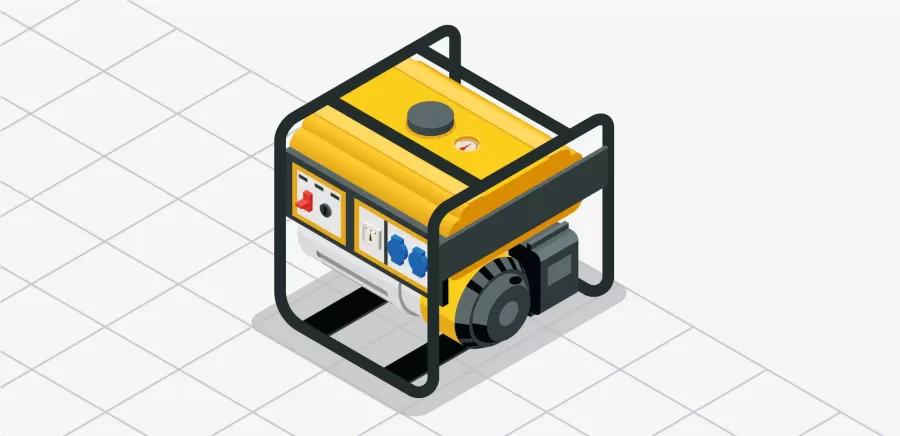
Solar Panels
Charging LiFePO4 batteries with solar panels is an environmentally friendly and sustainable method. However, you will need to use a solar charge controller to regulate the output voltage of the solar panels and ensure it does not exceed the battery’s charging voltage limit.
When charging with solar panels, follow these steps:
- Connect the solar charge controller to the solar panels.
- Set the output voltage of the solar charge controller to the battery’s nominal voltage.
- Connect the solar charge controller to the battery.
- Place the solar panels in a location with abundant sunlight.
- Monitor the battery voltage to ensure it does not exceed the charging voltage limit.
A typical 12V 100Ah LiFePO4 battery can be charged using a 300W solar panel, allowing the battery to be fully charged within a day (with effective sunlight exposure of 4.5 hours/day).
Additionally, solar panel charging is convenient for individuals who frequently engage in outdoor activities such as camping, fishing, hiking, or outdoor work. You can easily carry a portable solar panel and set it up to charge the battery. You don’t have to rely on power outlets or generators, which can generate noise and emit harmful fumes.
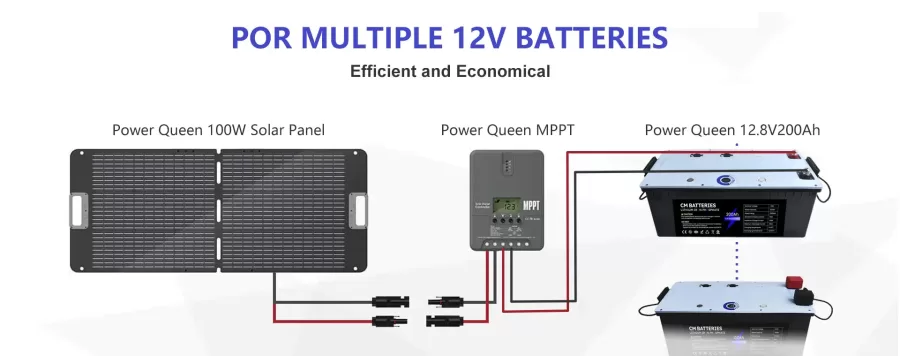
Charging Lithium Iron Phosphate Batteries in Winter
Lithium iron phosphate batteries have higher high-capacity retention in low temperatures compared to lead-acid batteries. To ensure optimal charging performance during winter, please consider the following guidelines:
- Keep the batteries in a temperature-controlled environment, if possible, to maintain a moderate temperature range.
- Insulate the batteries or use thermal wraps to provide additional protection against cold temperatures.
- Avoid exposing the batteries to extreme cold for prolonged periods, as it can negatively impact their performance and overall lifespan.
- When charging the batteries in cold weather, consider using a battery charger specifically designed for low-temperature charging, as it can optimize the charging process.
- Monitor the battery temperature during charging and discharging to ensure it stays within the recommended operating range.
- If the batteries have been exposed to extremely cold temperatures, allow them to warm up to a moderate temperature before charging to avoid potential damage.
CMB’s LiFePO4 batteries can be safely charged over a temperature range of -20°C to 45°C (-4°F to 113°F).
The CMB 12V 100Ah LiFePO4 battery features low-temperature power-off protection. The intelligent BMS (Battery Management System) has a built-in low-temperature protection function, which will cut off charging when the temperature drops below 32°F to avoid damage. If it is necessary to charge the battery under low-temperature protection, you can press a button to cancel the protection and charge the battery for emergency use.
CM Batteries also offers a self-heating series, suitable for cold winters. The CMB LiFePO4 self-heating battery has upgraded self-heating functionality compared to conventional batteries. When the charging temperature is below 41°F/5°C, the self-heating function will automatically activate. Once the temperature reaches 50°F/10°C, the heating will stop, and the battery will charge normally. You don’t have to worry about the impact of low-temperature environments.

How to Charging LiFePO4 Batteries in Parallel?
While LiFePO4 batteries offer advantages like high discharge rates and long lifespans, charging them in parallel requires specific precautions to ensure safety and optimal performance. Here’s a breakdown of the key points:
- Pre-charging: Charge each LiFePO4 battery individually before connecting them in parallel. This ensures all batteries are at similar voltage levels, minimizing the risk of current surges and cell imbalance.
- Voltage Balancing: After charging, check the voltage of each cell with a voltmeter a few hours later. Aim for a voltage difference of less than 50mV (0.05V) between any two cells. A significant voltage difference indicates cell imbalance, which can reduce battery performance and lifespan. In such cases, consult the battery manufacturer’s recommendations for addressing the imbalance before connecting the batteries in parallel.
- Maintaining Balance: Monitor the battery pack capacity over time. A decrease in capacity could indicate cell imbalance. If this happens, disconnect the parallel connection and individually charge each cell to rebalance them.
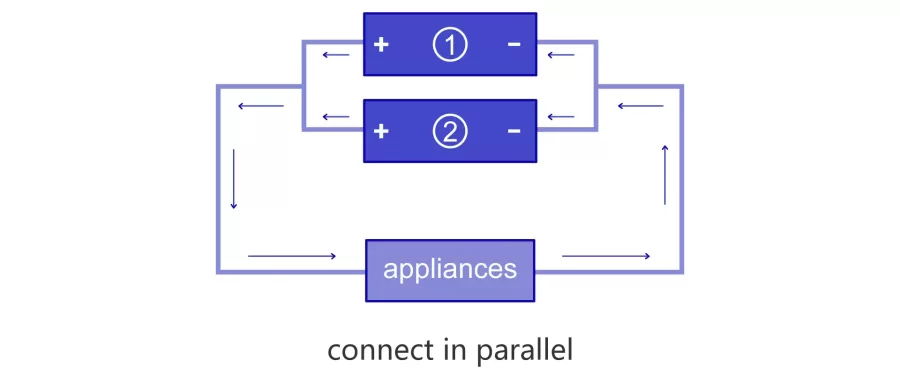
How to Charging LiFePO4 Batteries in Series?
Similar to parallel connection, each battery should be individually charged by checking the voltage of each battery using a voltmeter to ensure it is within 0.05V or 50mV. After that, the batteries can be connected in series.
Remember not to mix batteries with different voltages. Using batteries with different voltages can result in uneven charging and discharging rates, leading to strain and imbalance between the batteries. If the batteries become unbalanced, disconnect them, charge them individually, and then reconnect them.
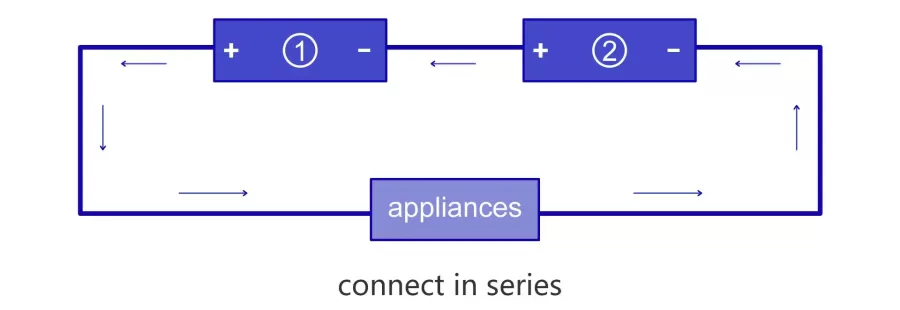
It is strongly recommended to use multiple chargers for charging series-connected lithium batteries. This means that each battery is charged simultaneously but independently during the charging process.
How Long Does It Take to Charge a LiFePO4 Battery?
The charging time of LiFePO4 lithium batteries can vary due to various factors, including battery capacity, charging current, and the initial state of charge at the beginning of the charging process. However, as a general estimate, LiFePO4 batteries typically take approximately 2 to 6 hours to fully charge.
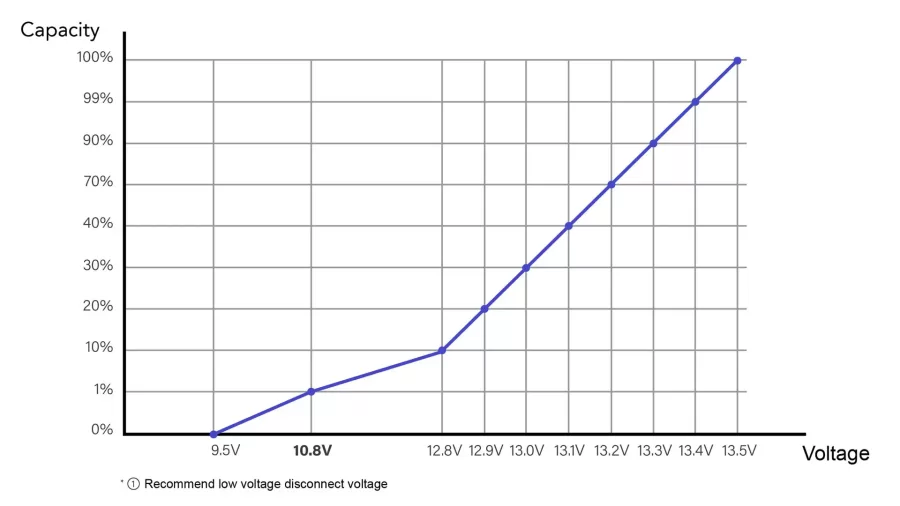
It is important to note that charging times may be affected by charger specifications and features. Faster chargers can significantly reduce charging time. Always consult the battery manufacturer’s guide for recommended charging currents, estimated times, and optimal charging practices.
4 Tips for Charging LiFePO4 Batteries
Tips1:Use a dedicated LiFePO4 battery charger
- Ensures balanced charging and prevents over/undercharging.
- Delivers correct voltage and current levels.
- Some offer additional features like temperature monitoring and protection.
Tips2:Charge at the correct voltage and current
- Recommended voltage: according to the specification of your lifepo4 battery
- Recommended current: 20-30% of battery capacity.
- Check specific battery specifications for the correct charging current.
Tips3:Avoid charging in extreme temperatures
- Do not charge below 0°C or above 45°C if you have the common battery. But CMB LiFePO4 batteries can charge in temperatures as low as -20°C which is customized for your specific needs.
- CMB LiFePO4 Battery can charge in extremely high or low temperatures, we adopt the cooling liquid or heating pad to improve the working function.
Tips4:Disconnect the charger when fully charged
- Prevents overcharging and extends battery life.
- Most chargers have overcharge protection, but monitor charging progress.
- High-quality BMS provides overcharge protection but is not foolproof.
You should not just focus on any charging mode we commend this article. Instead, please choose a multi-stage charger for faster, safer charging and adjustable rates. If sustainability is your priority, consider solar panels for continuous power on your adventures, but remember the initial cost and reliance on sunshine. Follow the charging guidelines to ensure that your device operates safely and reliably and to maximize its life.
If you have any further questions about LiFePO4 battery packs, feel free to reach out to us for more information.

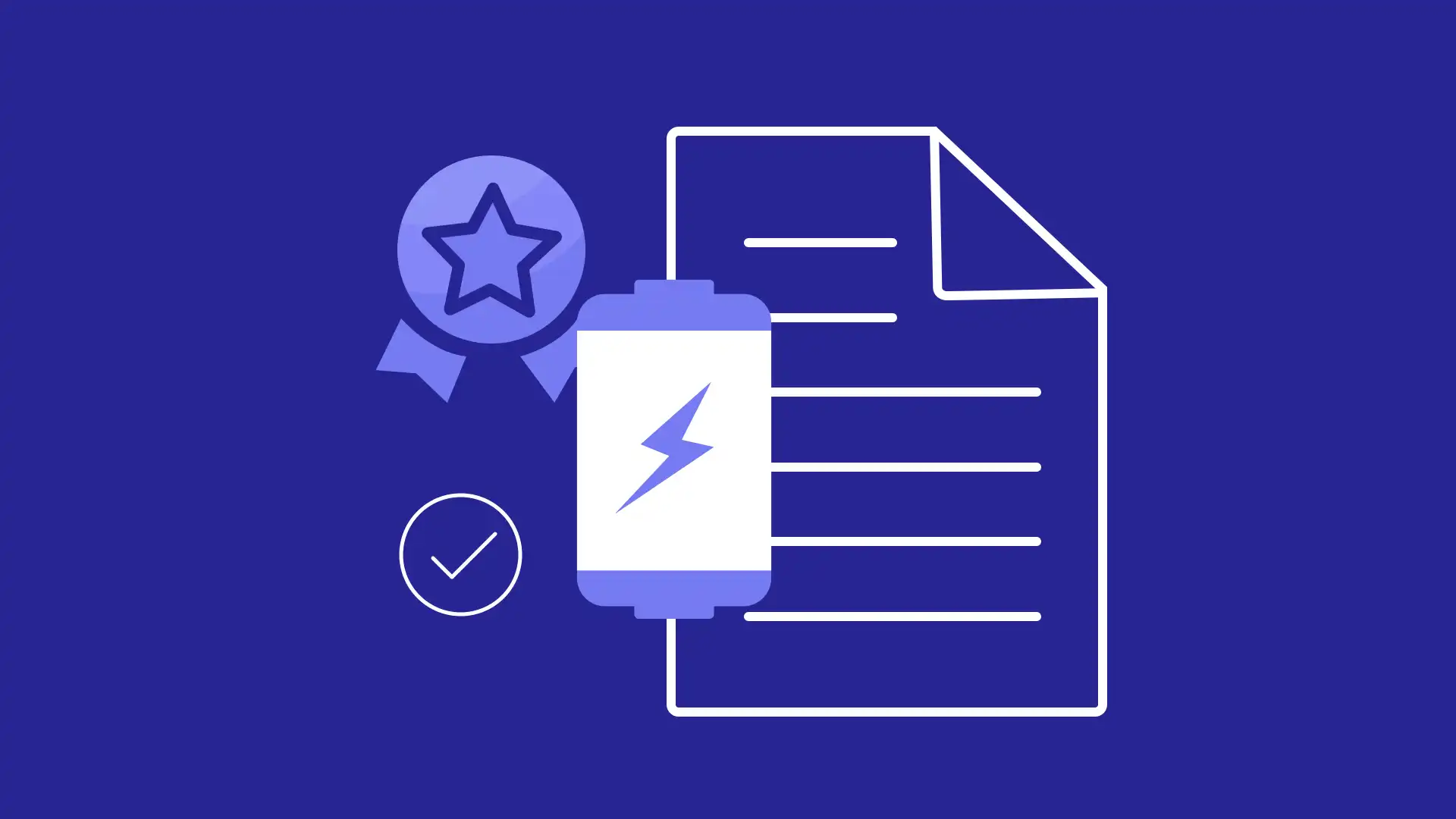
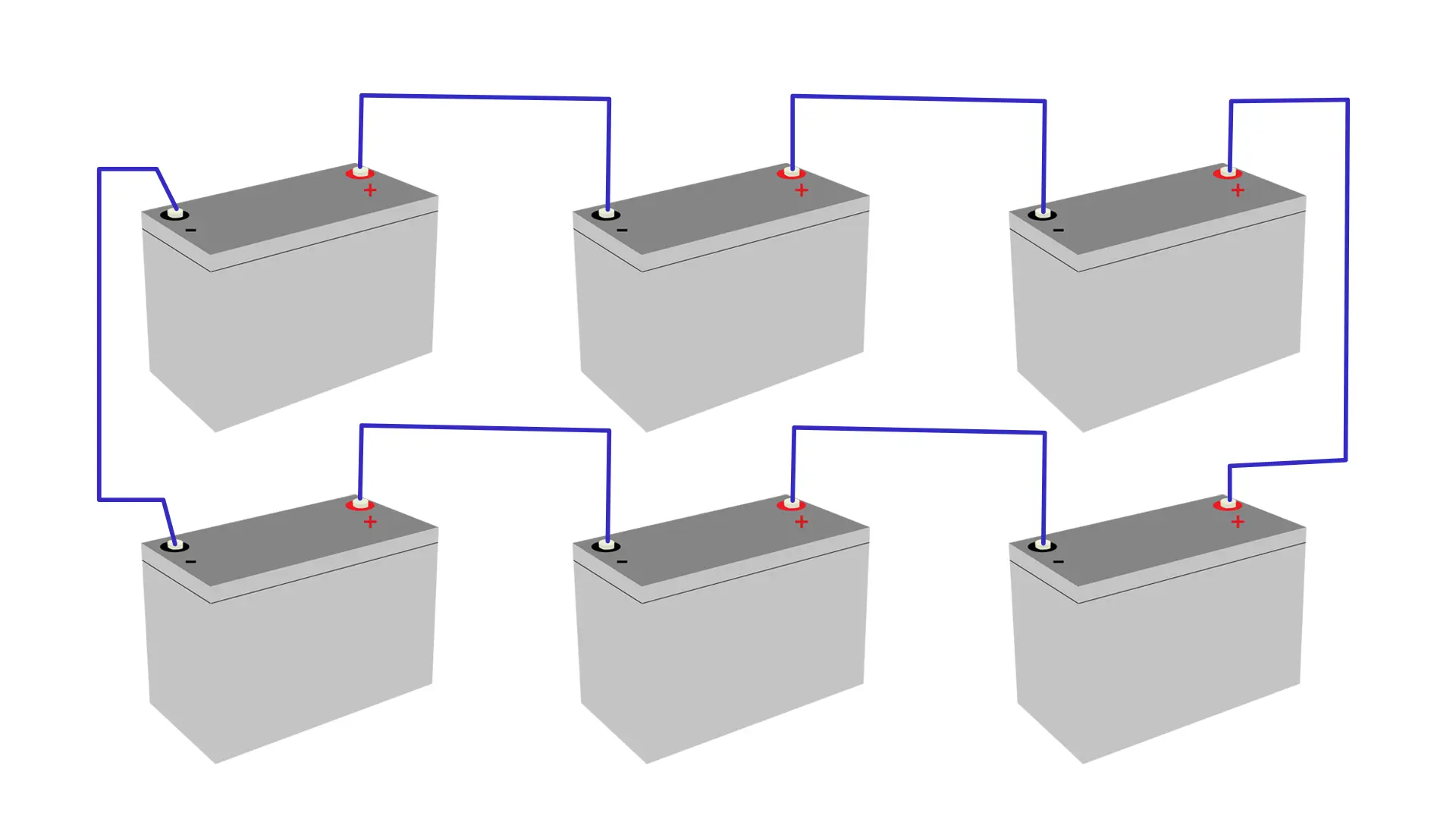

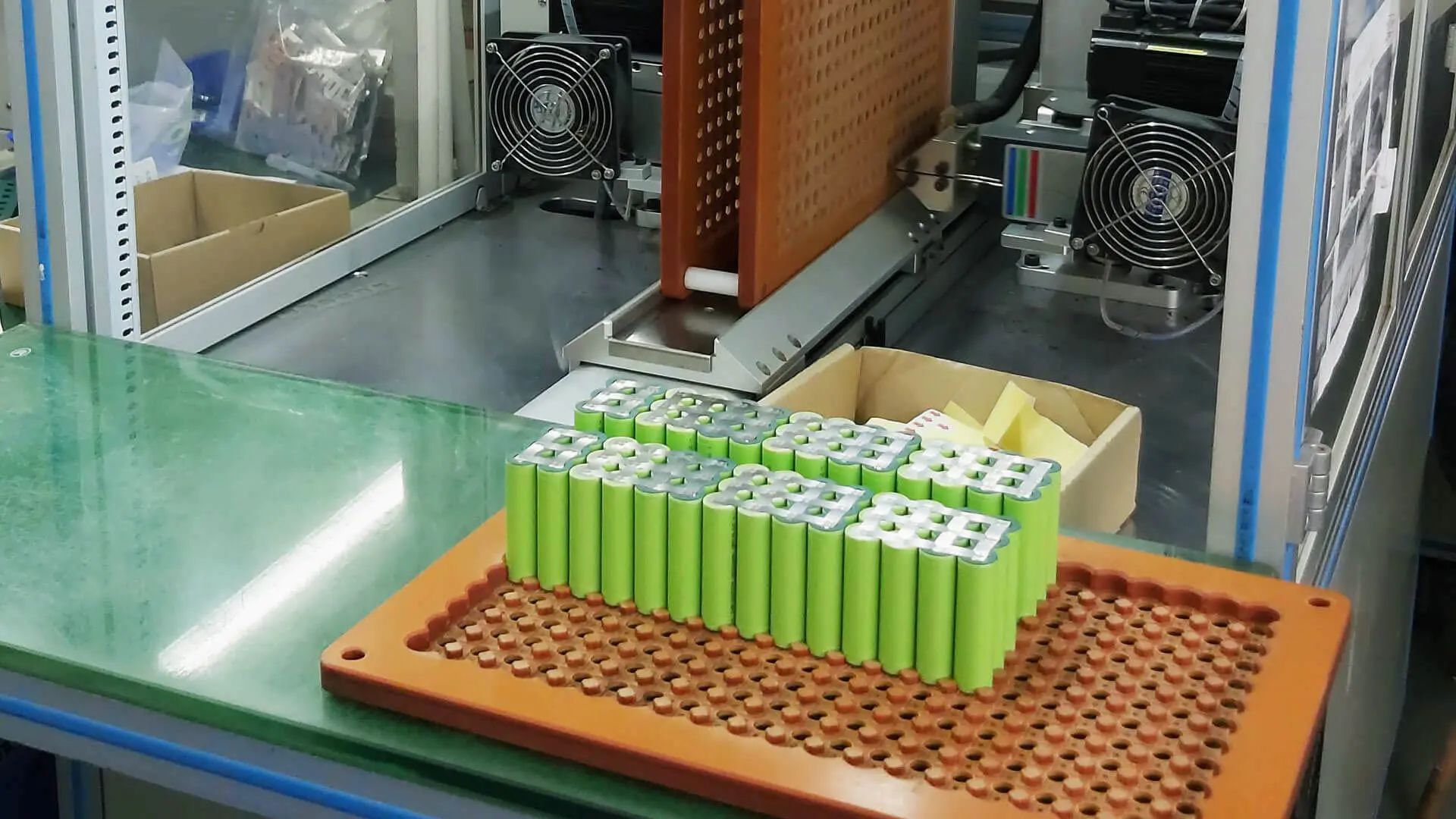
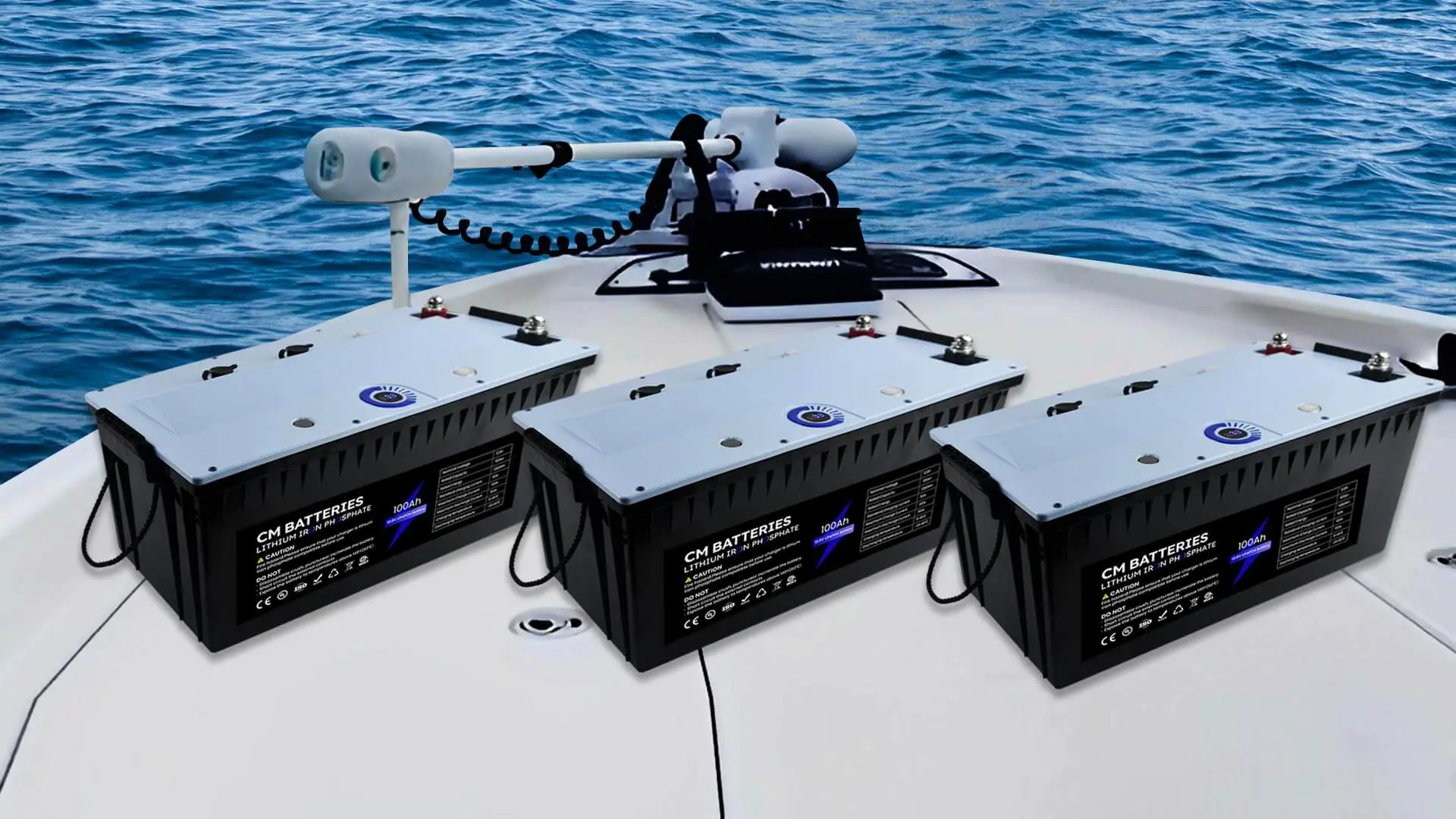



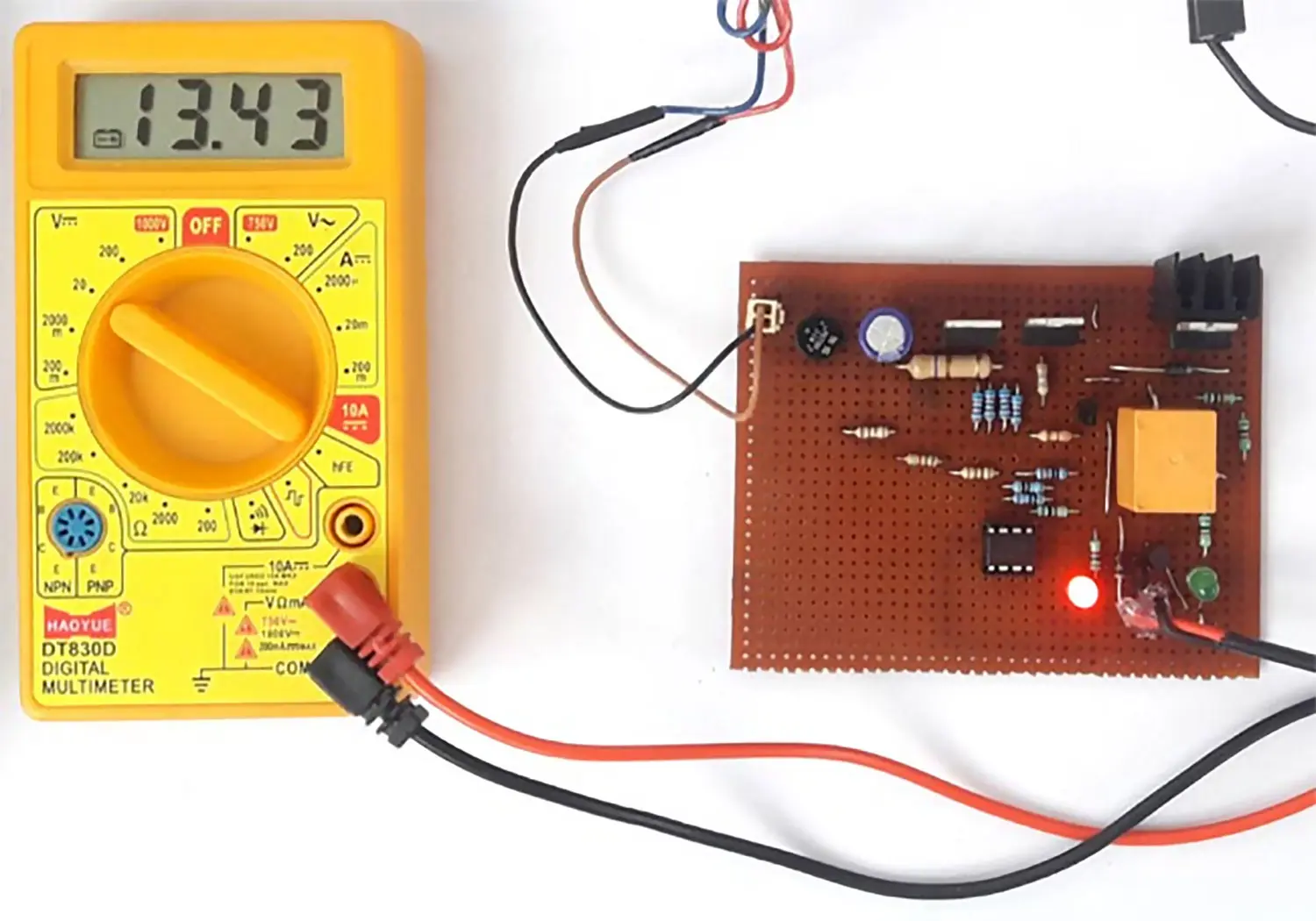
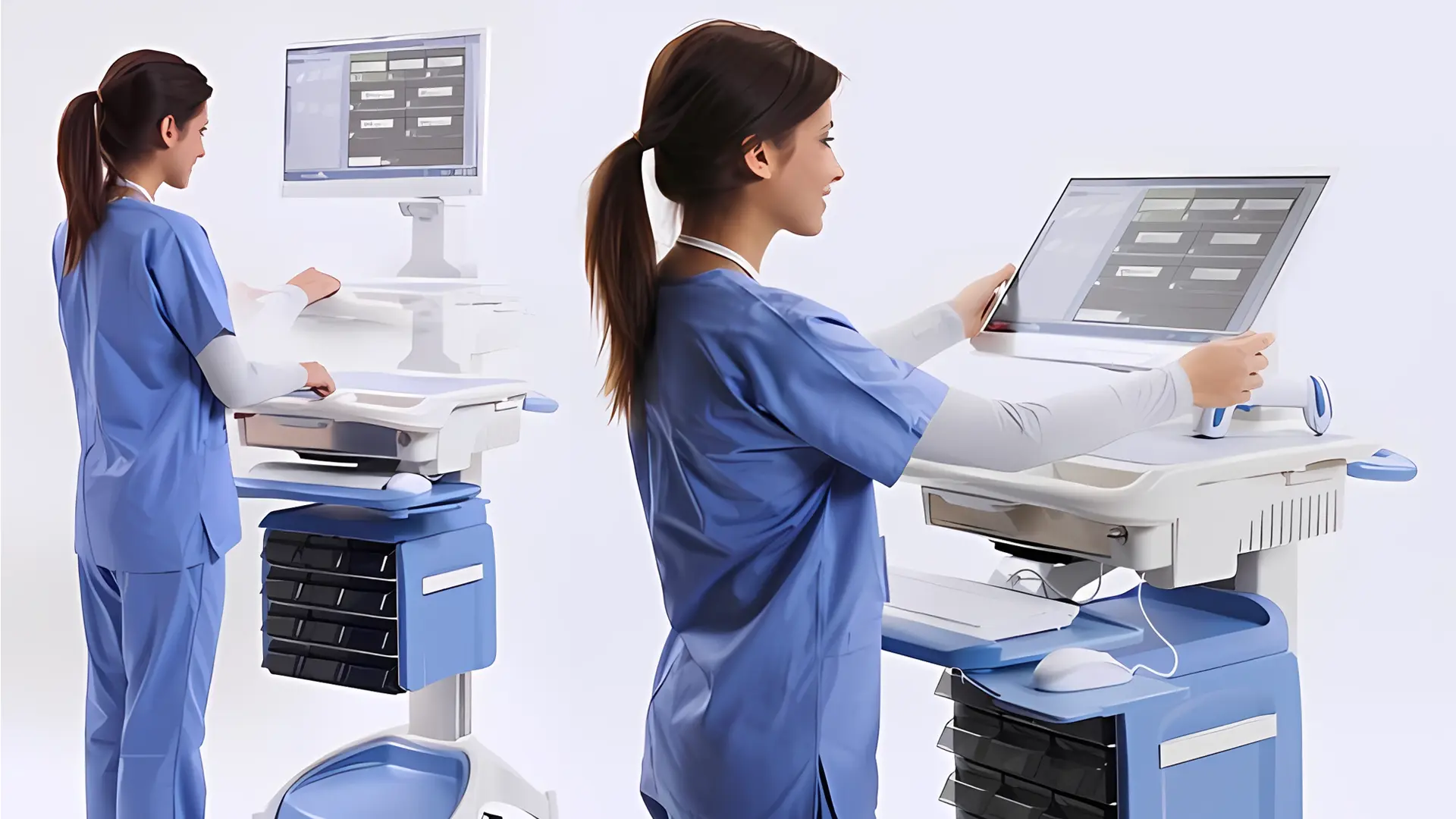

2 thoughts
Aracımla verilen şarj aleti 1.5 kW bu nedenle her gün parça parça %10 civarı şarj yapabiliyorum bu arada aktif alarakta aracı kullanıyorum mesela yaptığım %10 şarjın %4 unu kullanip ertesi gün tekrar %10 şarj yapıyorum bu böyle 10 gün sürüyor pile nasıl bir etkisi olur bu durumun
10 gün boyunca bu döngüyü tekrarlamak, pil için ciddi bir risk oluşturmaz. Ancak:
Dengeleme (BMS) için Tam Şarj Gerekebilir: Pil yönetim sistemi (BMS), hücrelerin voltaj dengesini korumak için ara sıra %100’e yakın şarj gerektirebilir. Ayda 1-2 kez tam şarj öneren markalar vardır (örneğin: BYD, Tesla).
Uzun Süreli Düşük Şarjda Kalma: Eğer aracınızı sürekli %10-%30 aralığında tutarsanız (özellikle park halinde), pil hücrelerinde dengesizlik veya kalibrasyon sorunları çıkabilir.